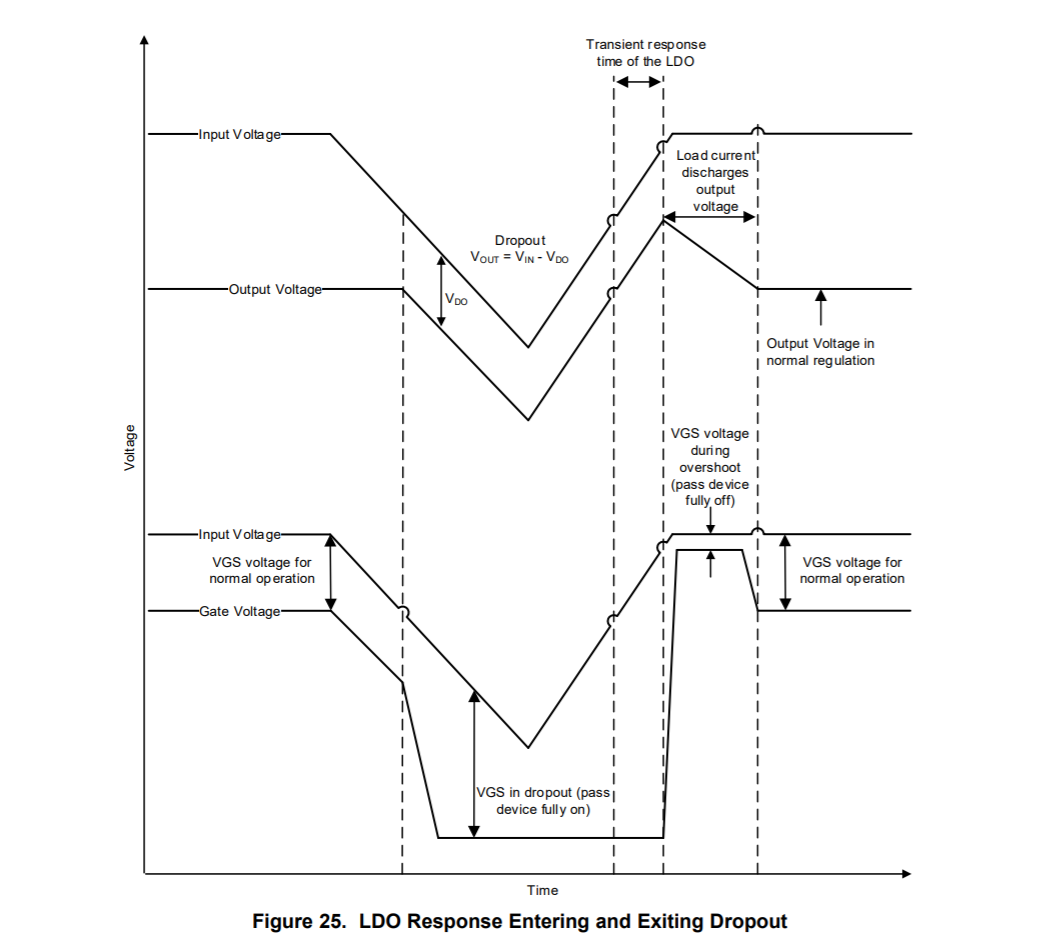Section 7 of the data sheet states:
7.4 Device Functional Modes
7.4.1 Operation with VOUT(TARGET) + 0.3 V ≤ VIN ≤ 6 V The device operates if the input voltage is equal to, or exceeds, VOUT(TARGET) + 0.3 V. At input voltages below the minimum VIN requirement, the devices does not operate correctly, and output voltage may not reach target value.
7.4.2 Operation Using the EN Pin If the voltage on the EN pin is less than 0.4 V, the device is disabled, and in this state shutdown current does not exceed 1.5 μA. Raising VEN above 1.4 V initiates the start-up sequence of the device.
This is a bit confusing. Does this mean if the EN pin is used and is above 1.4V, then the the Vin requirement is not applicable? Are they two separate enable modes? It is not clear.
Thanks!


